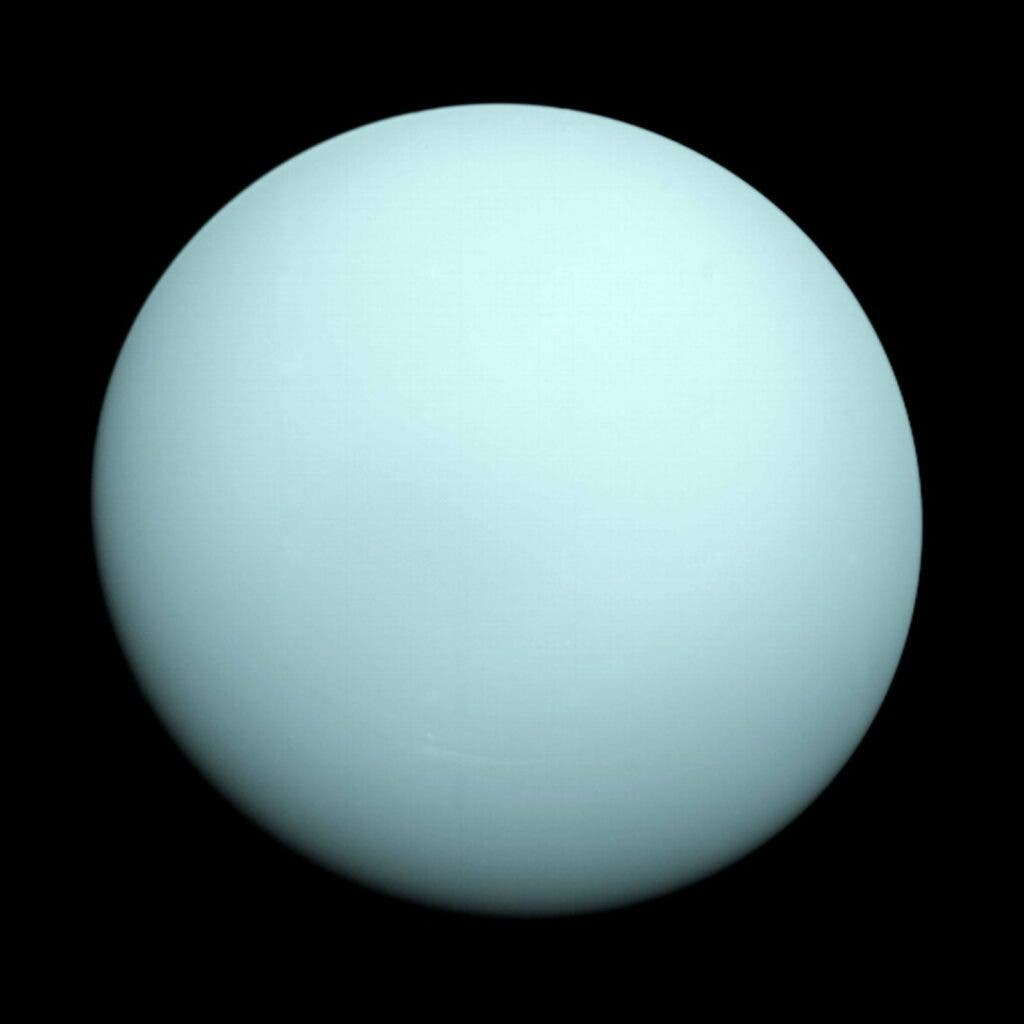Every ten years, the National Academies of Sciences, Engineering, and Medicine in the US brings together space experts to look at the latest planetary science and reach a consensus on the best way forward for NASA to explore new worlds. Now, a new version of the list is up, with the seventh planet Uranus on top of the priorities.

The Decadal Survey for Planetary Science and Astrobiology is usually described as a “wish list” for scientists and a “to do” list for NASA. It’s basically a once-a-decade plan in which researchers say what they hope NASA will achieve soon-ish. This year, the plan includes sending a fully-equipped orbiter to Uranus by 2045, landing on Saturn’s moon Enceladus by 2050, and gathering the samples of Martian rock currently being collected by the Perseverance rover.
The last time the list was published, in 2011, experts told NASA to gather rocks on Mars and then work to bring them back to Earth for analysis. They also argued for a mission to Europa, a moon of Jupiter — which has still not happened. NASA has been making progress on those goals, but now the scientists want the space agency to think about visiting other places.
Visiting Uranus
Uranus was discovered by William Herschel in 1781. It has 13 rings and several moons and its diameter is four times that of Earth. The planet hasn’t been visited since the Voyager 2 made a flyby in 1986. Since then, specialists have been campaigning for a return visit, as they argue Uranus moons could have harbored life in the past.
It’s the second time a mission to Uranus has been recommended on this plan. However, last time it was the third priority and now it’s the top one. To pull it off, NASA will have to act fast. The position of Jupiter means it would have to launch on a Space X Falcon Heavy rocket in 2031 or 2032 to arrive at Uranus in 2045. The mission could cost $4.2 billion, but researchers say it’s a good investment for how much information we can learn.
“This is excellent news — the Uranian system is fascinating and still poorly understood,” Richard Cartwright, a planetary scientist and astronomer at NASA Ames Research Center and lead author of a white paper proposing a Uranus Orbiter, told Forbes. “Uranus’ moons are candidate ocean worlds that may have harbored life in the past.”
Researchers are hoping that the European Space Agency (ESA) can also contribute to such a mission. In fact, NASA and ESA regularly partner up, such as on the Cassini-Huygens mission to Saturn. But priorities and funding don’t always match. For NASA, the speed at which it can implement the list will depend on other financial commitments.
The other goals
As well as working to get to Uranus, the report also argues that Enceladus Orbilander should be NASA’s second-highest priority. This mission to orbit and land on Saturn’s small active moon, which has an ocean of liquid water underneath the ice. The proposed mission will look at the plumes spilling into space from cracks in its surface. It could launch in 2038 and arrive in 2050.
The missions complement each other, as scientists will be able to compare the moons of Uranus with Enceladus. While it’s ranked second in the list of priorities, the report says that if NASA can’t get the $2 billion to send a probe to Enceladus, it should instead consider a cheaper multiple flyby mission, which is estimated to cost $900 million.
The advisers also asked NASA to get serious about doing science in its effort to return astronauts to the moon through its Artemis program. Failure to do so means the scientific return of the astronauts’ trips won’t be “as significant as it could be, and may be minimal.” NASA hopes to get to the moon by 2024, but the date could be further pushed back.









